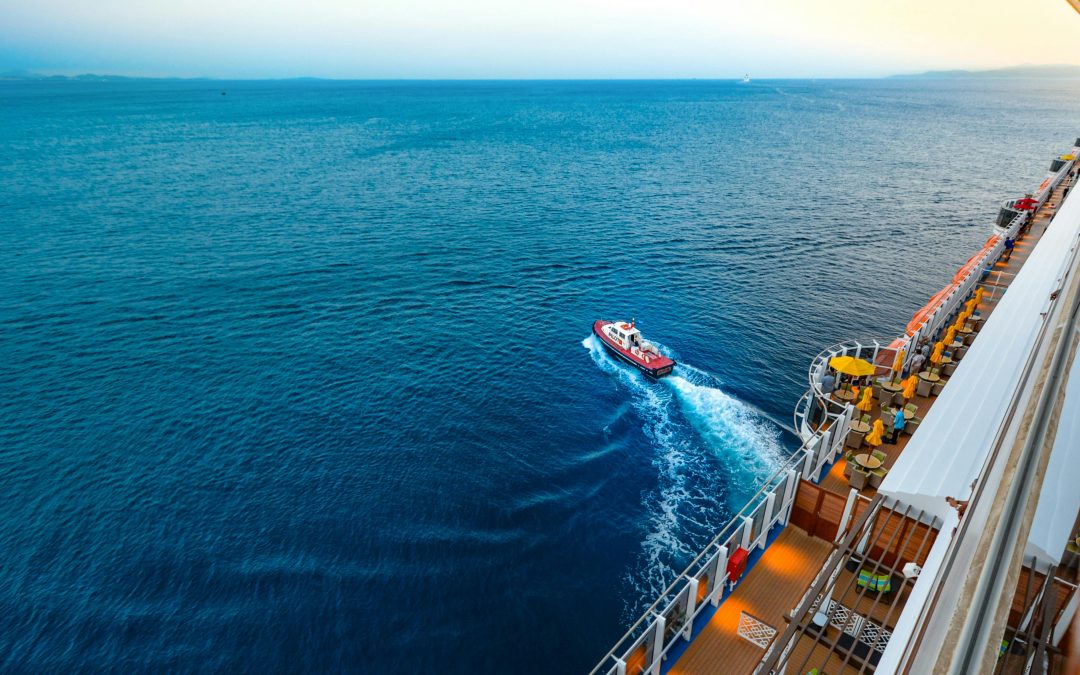Several low-carbon hydrogen and ammonia tenders in the Asia-Pacific region are expected to provide crucial insights into the readiness for clean fuel trades in 2025, as well as the pace of the energy transition toward an anticipated commercial stage around 2030, experts said.
The year is also expected to see early-stage projects begin construction to meet their production timelines around 2026-27, but new project announcements may slow down amid inflationary pressures and a lack of investments, the experts added.
“We are in the process of going from theory to implementation,” Anri Nakamura, associate director at S&P Global Commodity Insights, said. “In 2025, we expect to see a progression of what is already in motion, but we will probably not see an explosion of new announcements as we did in the early years.”
According to Nakamura, Japan is expected to support one or two business plans from large low-carbon hydrogen/ammonia import projects, along with several smaller domestic projects, under its contract for difference scheme, which is part of its Yen 3 trillion ($20 billion) funding plan for clean fuels, by mid-year or earlier.
Meanwhile, South Korea’s Clean Hydrogen Production Standard plan, under which the first tender for 6.5 TWh of hydrogen power generation was largely undersubscribed in 2024, could be retendered for the unbid capacity with adjustments to the terms in order to attract more bids, Nakamura said.
Elsewhere, incentive plans for low-carbon hydrogen development, such as Australia’s A$4 billion ($2.56 billion) Hydrogen Headstart and India’s Rupees 174.90 billion ($2.06 billion) Strategic Interventions for Green Hydrogen Transition, are expected to see new rounds of tenders.
The Singapore Energy Market Authority’s request for proposal for two new hydrogen-ready combined cycle gas turbine generating units with a 1.2-GW capacity is expected to see announcements by December and March 31, 2025.
“In Asia, we anticipate further advancements in low-carbon hydrogen and ammonia markets, with strong potential demand in countries such as Singapore, Japan and South Korea,” Navjit Gill, country head for India at Gentari, told Commodity Insights.
As a prospective bidder in global tenders, Gill said that the governments’ incentive plans “are crucial to launching this early-stage industry and ensuring stability for both developers and buyers.”
Realistic timelines
A spate of project cancellations and readjustments to original strategies is expected in 2025, particularly in Australia. However, more projects are advancing compared to those that have been canceled or remain inactive, industry members said.
Commodity Insights’ Hydrogen Production Assets database showed that 131 projects are in the advanced planning or construction stages, representing 3.57 million tons/year of renewable or low-carbon hydrogen, while 15 have been canceled or are on hold, representing 1.39 million tons/year.
“The growth expectations of earlier years were clearly outsized. What we will see in 2025 is the progress of projects according to more realistic timelines,” InterContinental Energy CEO Alexander Tancock and Head of Australia Isaac Hinton told Commodity Insights.
While InterContinental’s 50-GW Western Green Energy Hub and the 26-GW Australian Renewable Energy Hub (in partnership with BP) in Western Australia are long-gestation projects slated for commissioning around 2030, early starters moving into construction will also be tested on their ability to kick-start their plans in 2025.
“Construction of the Whyalla Hydrogen Power Plant is expected to start in early 2025, with the facility scheduled to begin operating in 2026,” Sam Crafter, CEO of the Office of Hydrogen Power South Australia, told Commodity Insights.
The ambitious Whyalla project, comprising a 250-MW electrolyzer, a 200-MW hydrogen-fueled power plant and storage, has tie-ups with future users GFG Alliance and Zero Petroleum, which could benefit from the project’s timely commissioning. Additionally, as a hydrogen-to-power project involving new technology, it will be closely watched for successful completion.
Indian developer AM Green, which is developing a 1-million-ton renewable ammonia project in Kakinada, Andhra Pradesh, where Gentari is also involved, must start construction in 2025 to meet its production forecast for 2026. At stake are its future deliveries to Yara, Keppel and Uniper, all of which have purchase agreements with the company.
Cost outlook down
While technological advancements, large investments in new capacities, rising competition among developers and policy frameworks in major nations like the US will be key factors in determining the cost outlook, a downward trajectory is most likely to be seen in 2025, the experts said.
“Globally, high costs are already subsiding as COVID-related supply shocks ease, and overinvestment in electrolysis capacity is leading to a glut of equipment,” Tancock and Hinton said. “This will allow costs to fall and a more balanced supply/demand equilibrium to be established.”
The market’s readiness to adopt renewable fuels, along with tangible results from advancing projects, will also be closely monitored to gauge the pricing outlook, Nakamura said.
“… The outlooks of the prices will come down, though it is just nowhere near $2/kg for renewable hydrogen,” she said.
Platts, part of Commodity Insights, assessed South Australian hydrogen produced via alkaline electrolysis (including capital expenditures) at $5.32/kg on Dec. 9, nearly three times higher than a month ago.
Platts assessed Japanese hydrogen produced via alkaline electrolysis (including capex) at $5.44/kg on Dec. 10, up 7.08% month over month.
Source: Platts





